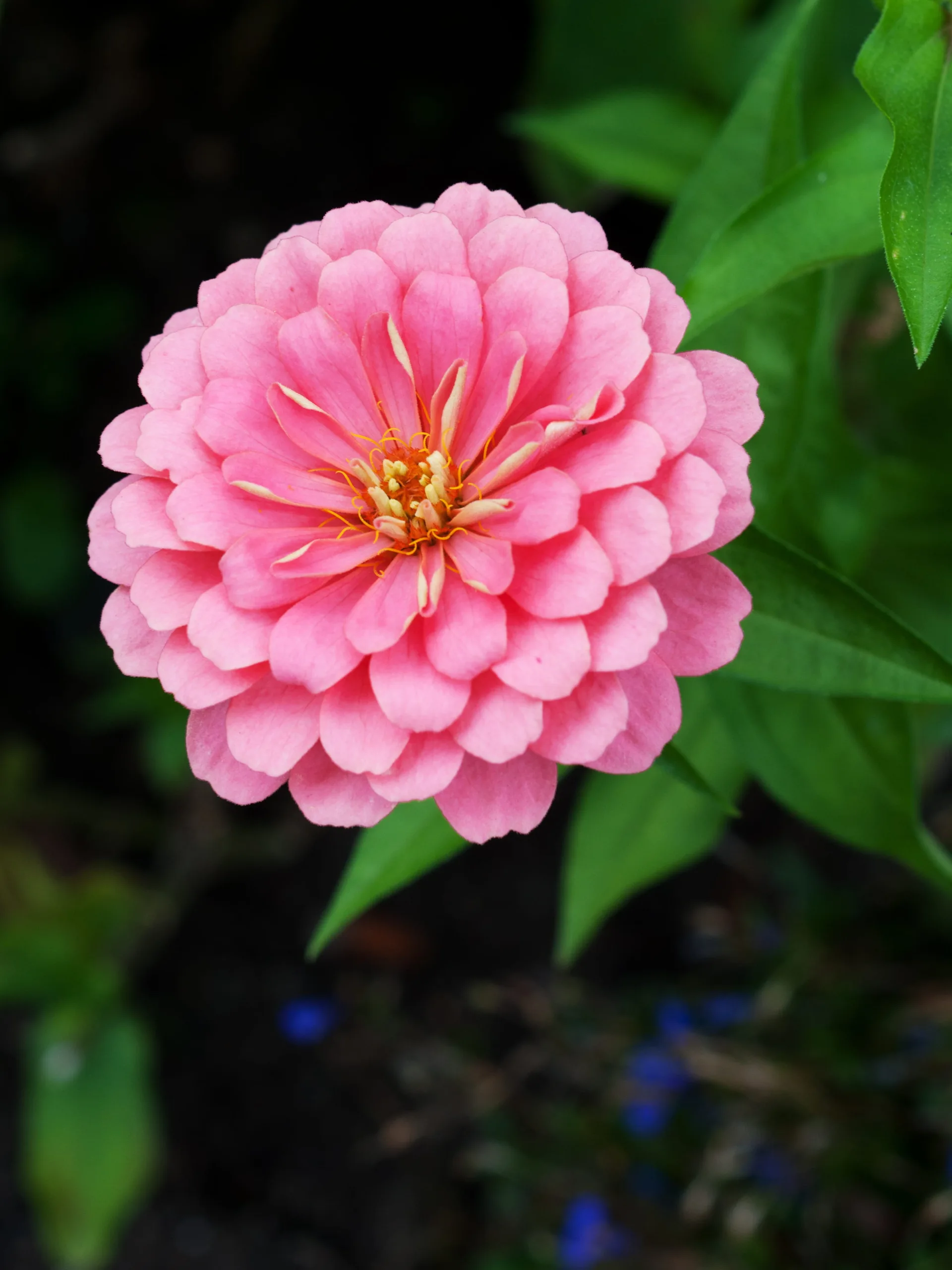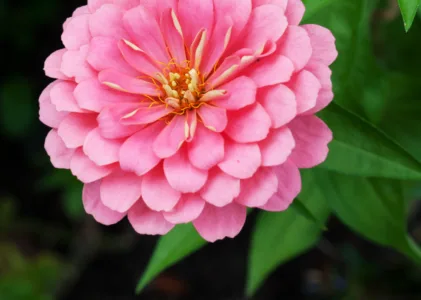How to Grow Zinnias in Zone 5: Zinnias are beautiful, colorful flowers that are easy to grow in zone 5. They come in a wide variety of colors, from bright reds and oranges to soft pinks and yellows. Zinnias are also relatively drought-tolerant, making them a good choice for gardens in hot, dry climates.
Understand Your Zone : Zone 5
Before you start growing zinnias in zone 5, it is important to understand your zone. The USDA hardiness zone map is a system that classifies areas of the United States according to their average annual minimum temperature. Zone 5 is considered to be a “hardy” zone, meaning that plants in this zone can withstand temperatures as low as -20 degrees Fahrenheit.
Zinnias are a cool-season annual, which means that they germinate and grow best in cool weather. They can be planted in zone 5 as early as 4-6 weeks before the last frost. However, if you live in an area with a late spring frost, you may want to start your zinnia seeds indoors.
Once zinnias have been established, they can tolerate temperatures as low as 20 degrees Fahrenheit. However, if the temperature drops below 20 degrees Fahrenheit, your zinnias may be damaged or killed.
Bonica 82: Rose | Facts | Complete Growing and Caring Guide
Table of Contents
Select the Right Varieties of Zinnias for Zone 5
If you are growing zinnias in zone 5, it is important to choose a variety that is suited for your climate. Some zinnia varieties that are known to be hardy in zone 5 include:
Zinnia elegans: This is the most common type of zinnia. It has large, showy flowers in a variety of colors.

Zinnia angustifolia: This type of zinnia has smaller flowers than Zinnia elegans, but it is more drought-tolerant.
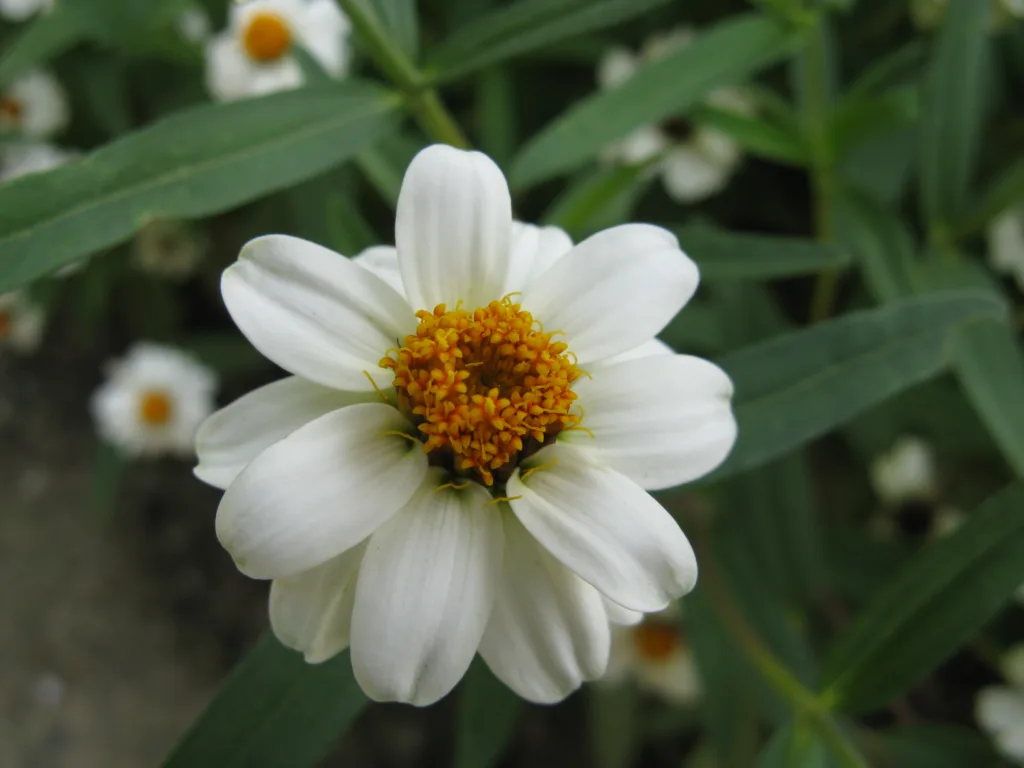
Credit : By KENPEI – Own work, CC BY 3.0, https://commons.wikimedia.org/w/index.php?curid=15915712
Zinnia peruviana: This type of zinnia has daisy-like flowers in a variety of colors.
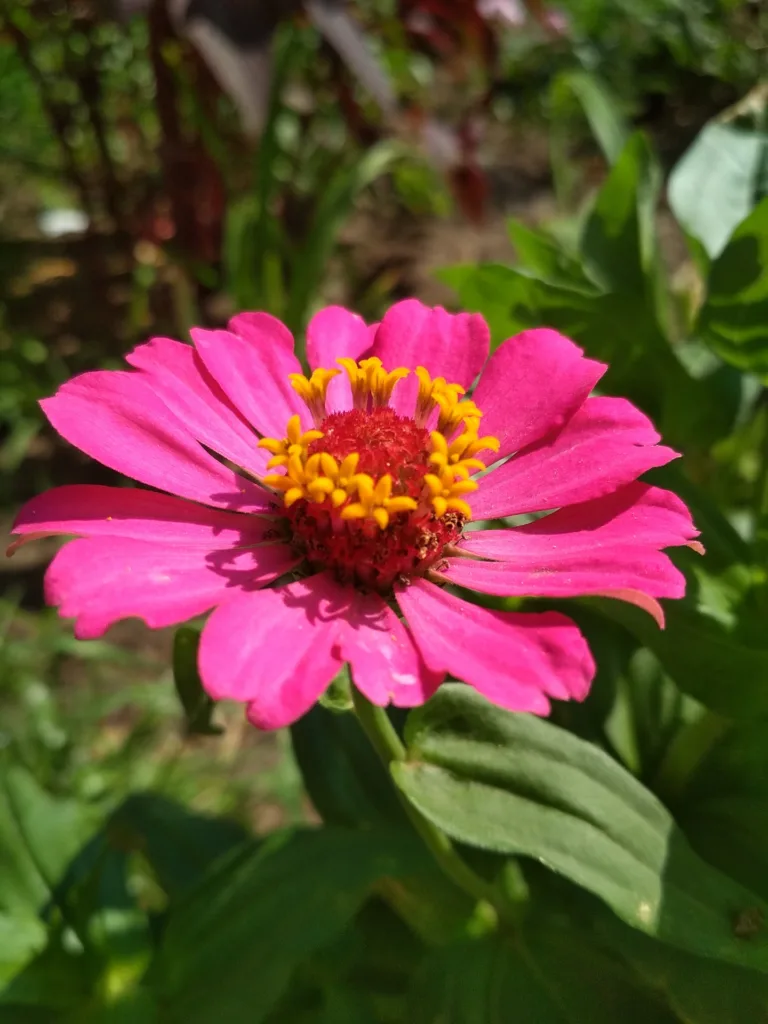
Zinnia “Profusion”: This variety of zinnia is known for its prolific blooms. It produces large, double flowers in a variety of colors.
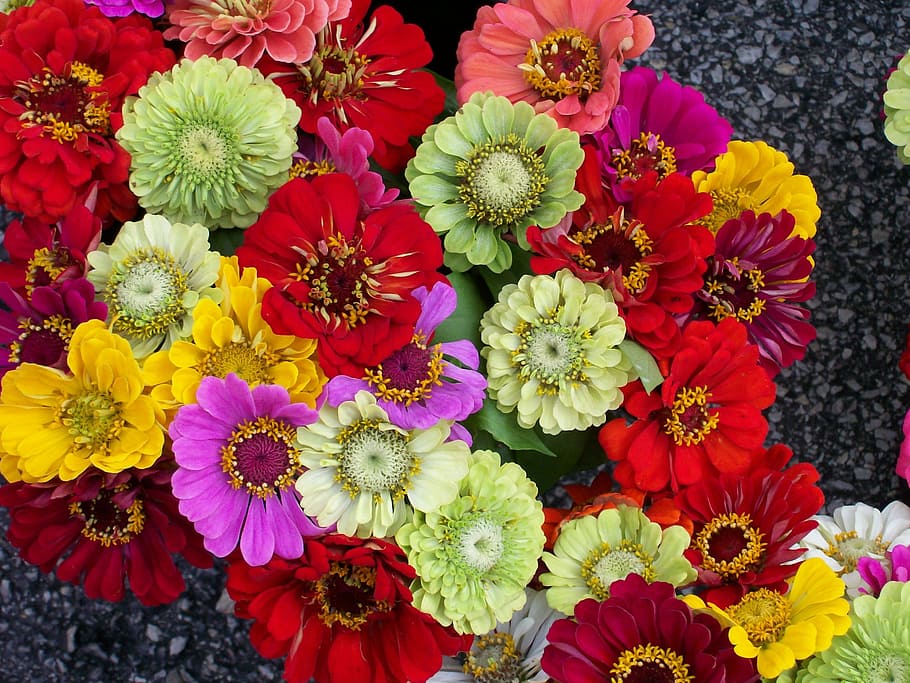
Serviceberry Tree: Growing Tips, Caring, Recipes, and More
Zinnia “State Fair”: This variety of zinnia is known for its large, single flowers. It produces a wide range of colors, including red, orange, yellow, pink, and white.
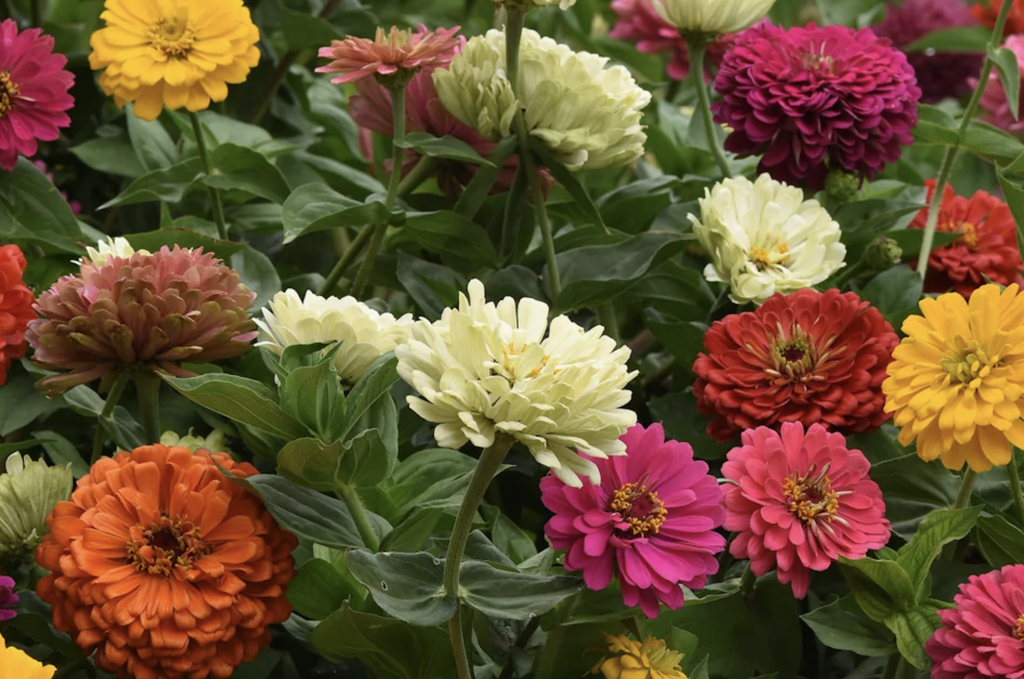
Zinnia “Benary’s Giant”: This variety of zinnia is known for its large, double flowers. It produces a wide range of colors, including red, orange, yellow, pink, and white.
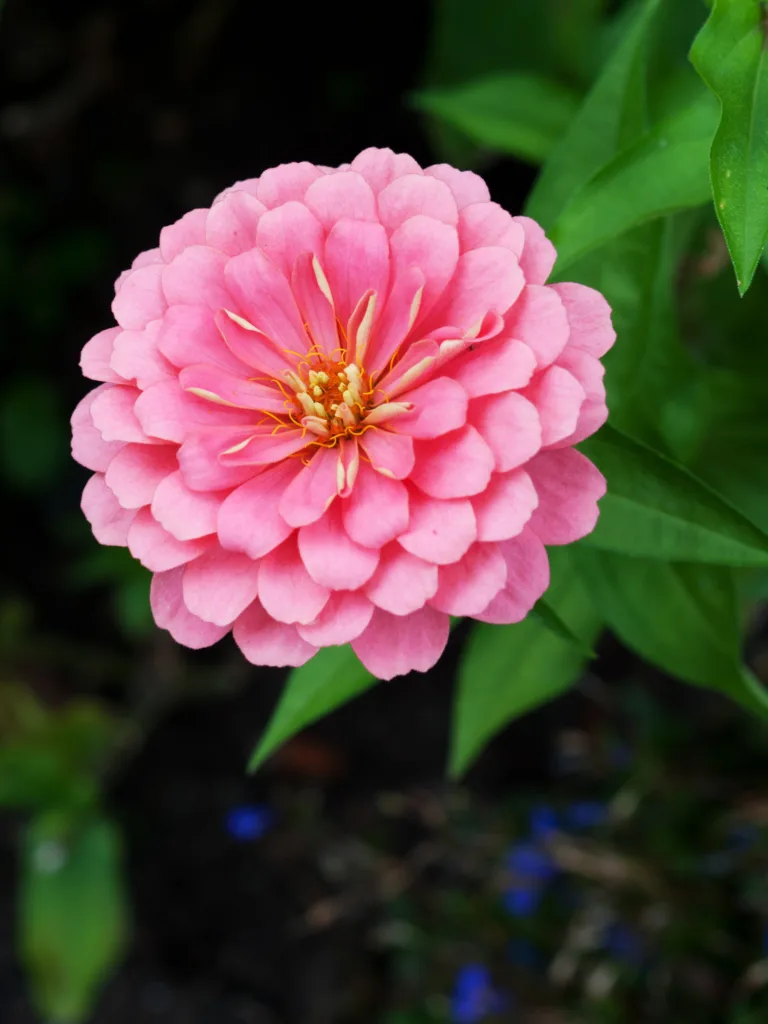
Cut and Come Again Zinnia: As the name suggests, these zinnias are excellent for repeated cuttings. They produce double or semi-double blooms on long stems and are available in a variety of colors.
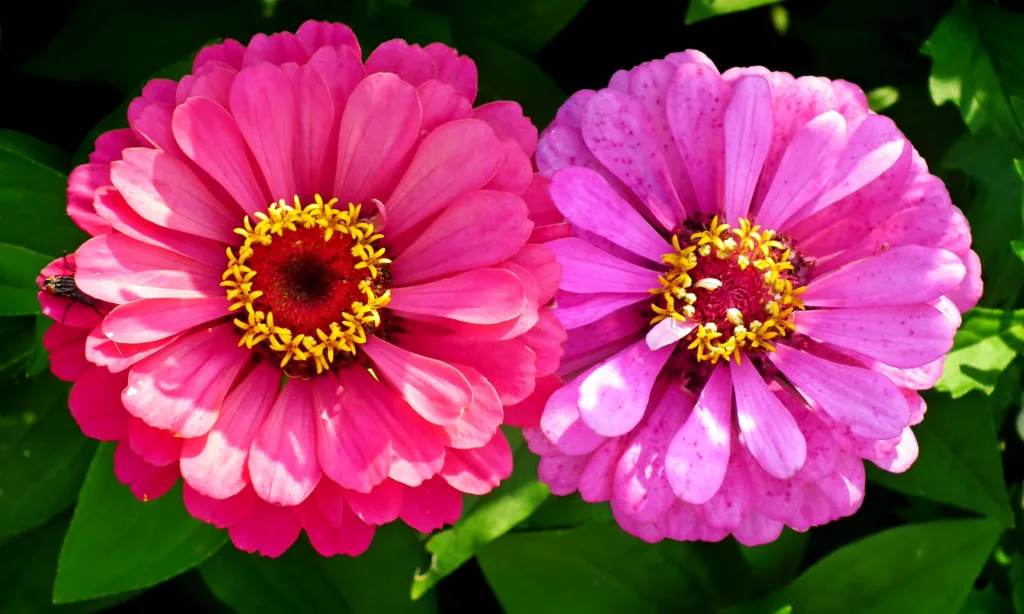
Profusion Series Zinnia: The Profusion series is a compact variety that offers a profusion of small, single or double flowers. They come in various colors and have excellent disease resistance.

Zahara Series Zinnia: Zahara zinnias are known for their heat and drought tolerance, making them suitable for Zone 5’s fluctuating weather conditions. They produce abundant, vibrant flowers on compact plants.
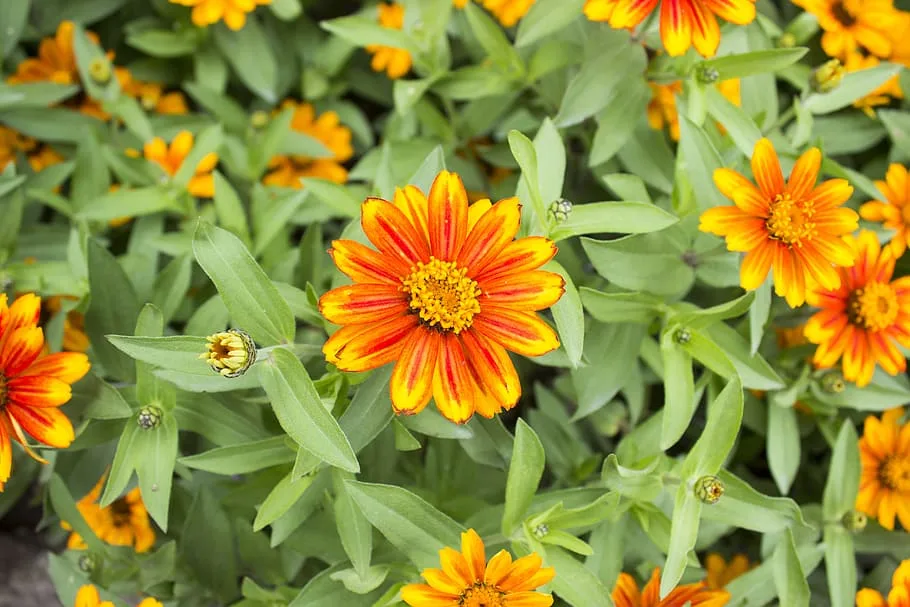
Dreamland Series Zinnia: Dreamland zinnias are a dwarf variety with double blooms in a wide range of colors. They are ideal for container gardening or borders and are known for their uniform growth habit.
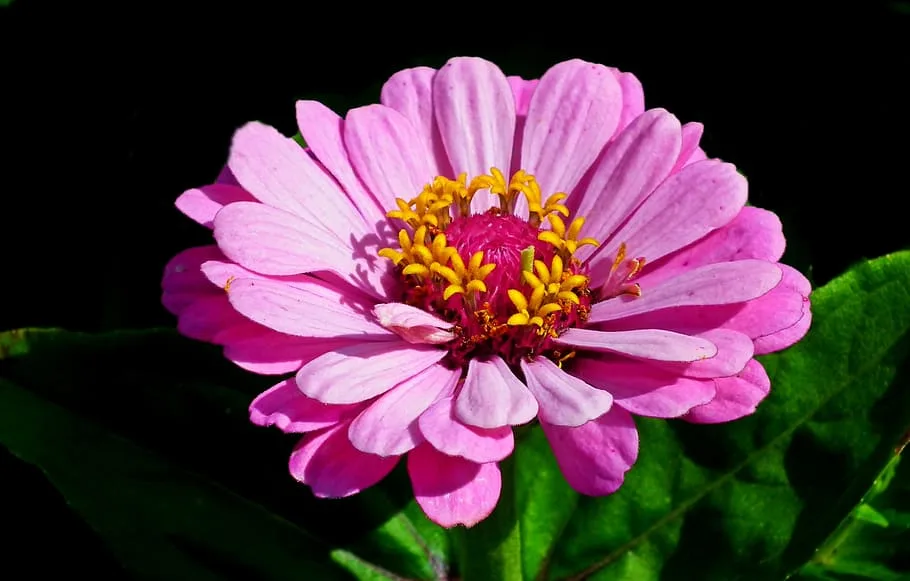
Zinnia Envy Zinnia: Envy zinnias stand out with their unique lime green blooms. They add an eye-catching element to any garden and can be paired with other zinnia varieties for an interesting color contrast.
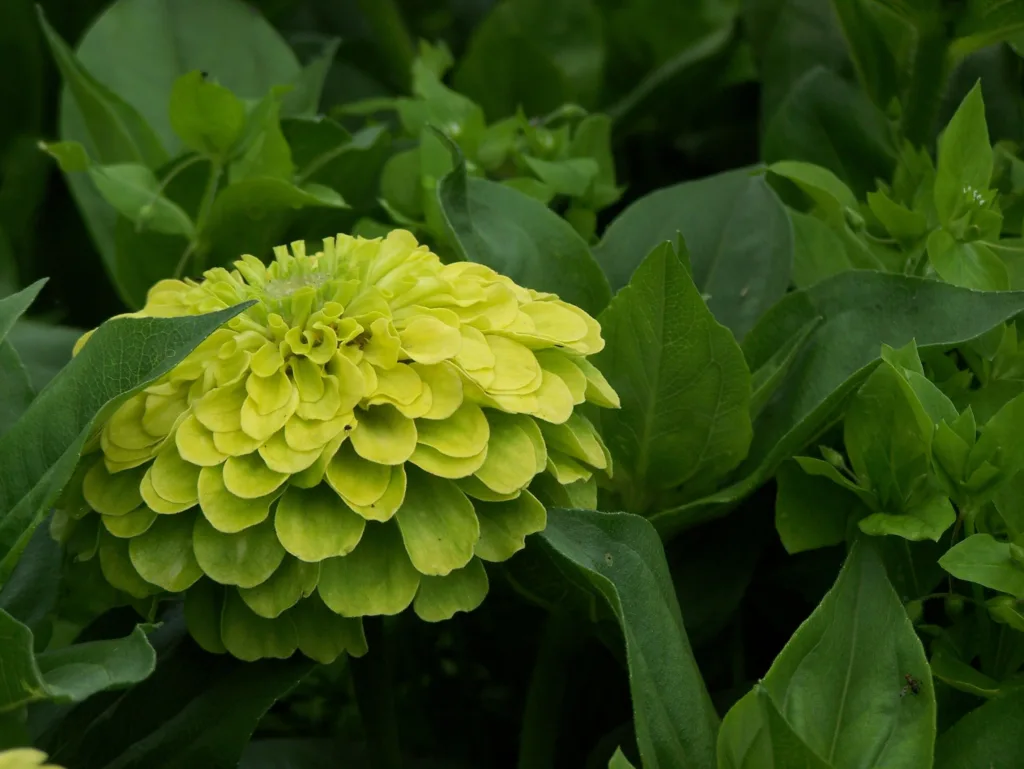
In addition to these varieties there are more other variety if Zinnia that can grow in zone 5. Here are some factors to consider when selecting zinnia varieties for zone 5:
- Hardiness: Zinnias are generally hardy in zones 3-9, but some varieties are more cold-tolerant than others. If you live in a colder zone, you will want to choose varieties that are specifically suited for your climate.
- Height: Zinnias come in a variety of heights, from dwarf varieties that only grow a few inches tall to tall varieties that can reach 3 feet or more. Consider the amount of space you have available when choosing varieties.
- Bloom time: Zinnias typically bloom from midsummer to fall. If you want to have zinnias in bloom for as long as possible, choose varieties with different bloom times.
- Color: Zinnias come in a wide variety of colors, from bright reds and oranges to soft pinks and yellows. Choose varieties that will complement the other flowers in your garden.
- Purpose: Zinnias can be used for a variety of purposes, including cut flowers, borders, and container gardens. Consider how you will be using zinnias when choosing varieties.
Willow Tree: Everything You Need to Know About Growing, Care, and Uses
Plan the Planting Time
Zinnias are a cool-season annual, which means that they germinate and grow best in cool weather. They can be planted in zone 5 as early as 4-6 weeks before the last frost. However, if you live in an area with a late spring frost, you may want to start your zinnia seeds indoors.
Once zinnias have been established, they can tolerate temperatures as low as 20 degrees Fahrenheit. However, if the temperature drops below 20 degrees Fahrenheit, your zinnias may be damaged or killed.
Soil Preparation for Zinnias in Zone 5
- Choose a planting site that gets full sun. Zinnias need at least 6 hours of direct sunlight per day.
- Prepare the soil by tilling it to a depth of 12 inches. This will help to loosen the soil and remove any weeds or debris.
- Add compost or manure to the soil. This will help to improve the drainage and fertility of the soil.
- Test the soil pH. Zinnias prefer a soil pH of 6.5-7.0. If the soil pH is too low, you can add lime to raise the pH.
- Water the soil well before planting. This will help to ensure that the roots of the zinnias have a good supply of water.
Here are some additional tips for preparing the soil for zinnias in zone 5:
- Remove any large rocks or debris from the soil. These can damage the roots of the zinnias.
- Break up any clumps of soil. This will help to improve drainage.
- Add sand or grit to the soil if it is too clayey. This will help to improve drainage.
- Add peat moss or vermiculite to the soil if it is too sandy. This will help to retain moisture.
With a little preparation, you can give your zinnias the best possible start in zone 5.
Planting Schedule for Zinnias in Zone 5:
- 4-6 weeks before the last frost: Start zinnia seeds indoors.
- 2 weeks after the last frost: Transplant zinnia seedlings outdoors.
- Mid-summer: Zinnias will begin to bloom.
- Fall: Zinnias will continue to bloom until the first frost.
Tips for Planting Zinnias in Zone 5
- Choose a planting site that gets full sun. Zinnias need at least 6 hours of direct sunlight per day.
- Avoid planting zinnias in shady areas. Zinnias will not bloom as well in shady areas.
- Prepare the soil by tilling it to a depth of 12 inches and adding compost or manure.
- Plant zinnia seeds 1/2 inch deep and 2 inches apart.
- Water the zinnia seeds well.
- Thin the zinnia seedlings to 6 inches apart once they have emerged.
- If you live in an area with hot summers, you may want to plant zinnias in a spot that gets some afternoon shade. This will help to protect the zinnias from the hot sun.
- If you are planting zinnias in a container, make sure that the container gets at least 6 hours of direct sunlight per day.
Here are some additional tips for providing adequate sunlight for zinnias in zone 5:
- If you live in an area with a short growing season, you may want to start your zinnia seeds indoors 4-6 weeks before the last frost. This will give the zinnias a head start on the growing season.
- If you are planting zinnias in a pot, make sure that the pot is large enough for the plant to grow. The pot should also have drainage holes to prevent the roots from rotting.
- Water the zinnias regularly, especially during hot, dry weather. Zinnias need about 1 inch of water per week.
- If you are planting zinnias in a container, plant 2-3 plants per pot.
With a little care, you can provide your zinnias with the sunlight they need to thrive in zone 5.
Watering and Mulching : Growing zinnias in zone 5
- Water zinnias regularly, especially during hot, dry weather.
- Zinnias need about 1 inch of water per week.
- Mulch around the zinnias to help retain moisture and suppress weeds.
Fertilization : How to Grow Zinnias in Zone 5
- Fertilize zinnias every 4-6 weeks with a balanced fertilizer. Use a balanced fertilizer, such as a 10-10-10 fertilizer.
- Use a fertilizer that is high in phosphorus and potassium.
- Avoid using fertilizers that are high in nitrogen, as this can lead to leggy growth.
Deadheading and Pruning
To encourage continuous blooming, deadhead spent flowers regularly. Simply remove the faded blooms by pinching them off just above a set of leaves. Pruning leggy stems can also help maintain compact and bushy plants.
- Deadhead zinnias regularly to encourage new blooms.
- This means removing the spent flowers.
- You can also prune zinnias to keep them bushy and encourage more blooms.
Pests and Disease Control
Zinnias are generally resilient to pests and diseases. However, common issues such as aphids, spider mites, and powdery mildew can occur. Monitor your plants regularly and take appropriate measures, such as using organic insecticides or fungicides if necessary.
- Zinnias are susceptible to a number of pests and diseases, so it is important to inspect them regularly.
- Some common pests include aphids, spider mites, and whiteflies.
- Some common diseases include powdery mildew and rust.
- If you see any pests or diseases, treat them immediately with an appropriate pesticide or fungicide.
Harvesting and Enjoying Zinnias
Zinnias make fantastic cut flowers and can brighten up any indoor arrangement. Harvest flowers early in the morning when the blooms are at their freshest. Place them in clean water immediately to extend their vase life.
- Zinnias are ready to harvest when the blooms are fully open.
- Cut the blooms with a sharp knife or scissors.
- Zinnias can be used fresh in bouquets or dried for later use.
- To dry zinnias, hang them upside down in a cool, dark place.
Here are some additional tips for growing zinnias in zone 5:
- Zinnias are a relatively easy flower to grow, but they do best in full sun and well-drained soil.
- Zinnias are not very drought-tolerant, so they need to be watered regularly, especially during hot, dry weather.
- Zinnias are susceptible to a number of pests and diseases, so it is important to inspect them regularly and treat any problems promptly.
- With a little care, you can enjoy beautiful zinnias in your garden in zone 5.
Read about Common Zinnia on Wikipedia

